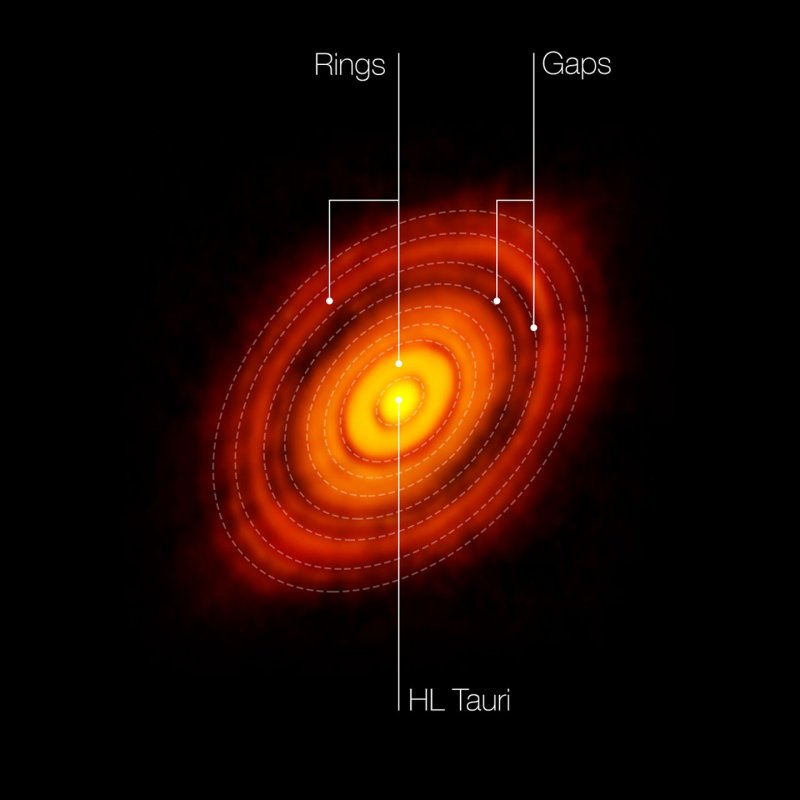
Also in space news, the Atacama Large Millimeter/submillimeter Array (ALMA) captures our best look yet at potential planetary formation around a newborn star, 450 light years away. “The disk surrounding HL Tauri is much bigger than Neptune’s orbit, so any planet in the gaps would at least begin at a larger orbit than the major planets in the Solar System. Additionally, other gaps could be ‘resonances’: orbits where the combined gravity of the star and protoplanets drive matter out, concentrating it in the rings.”
